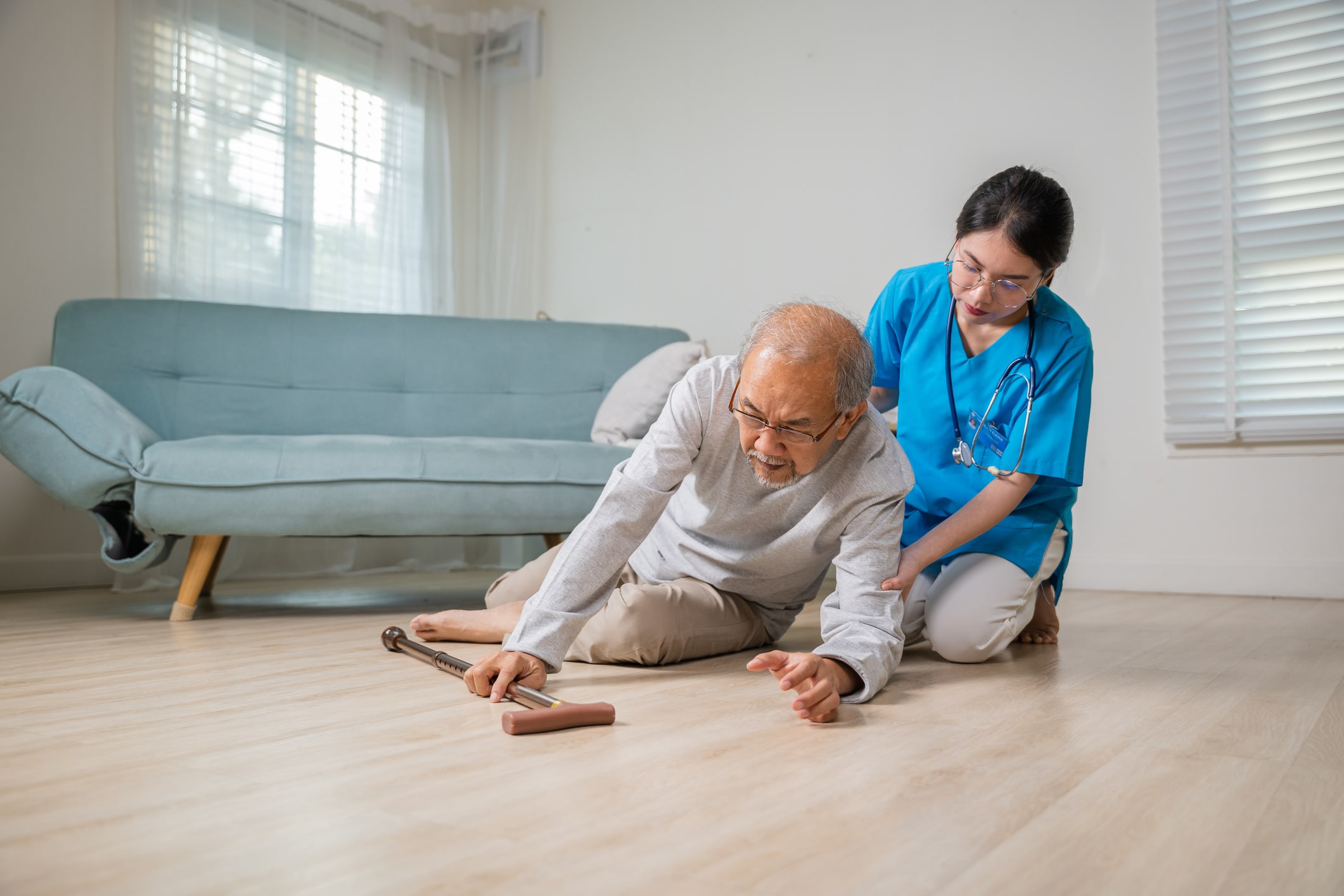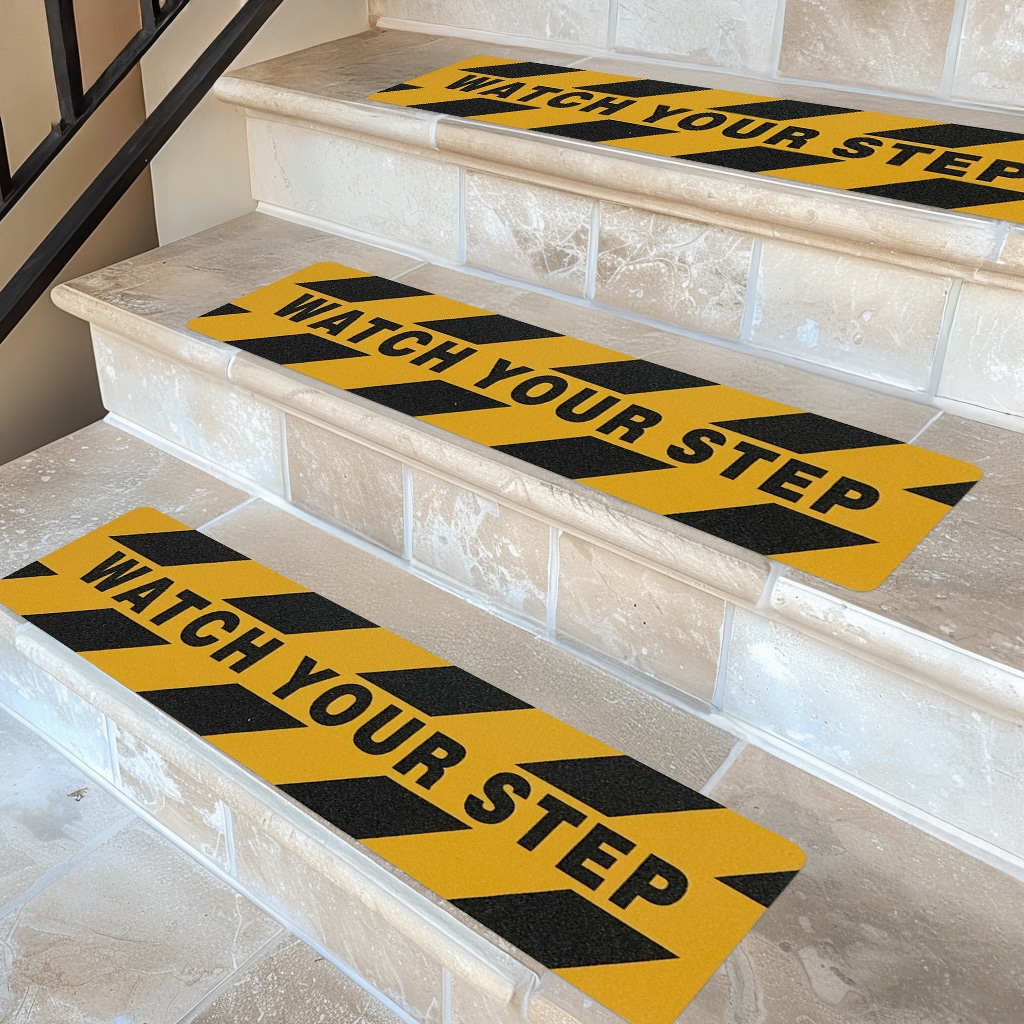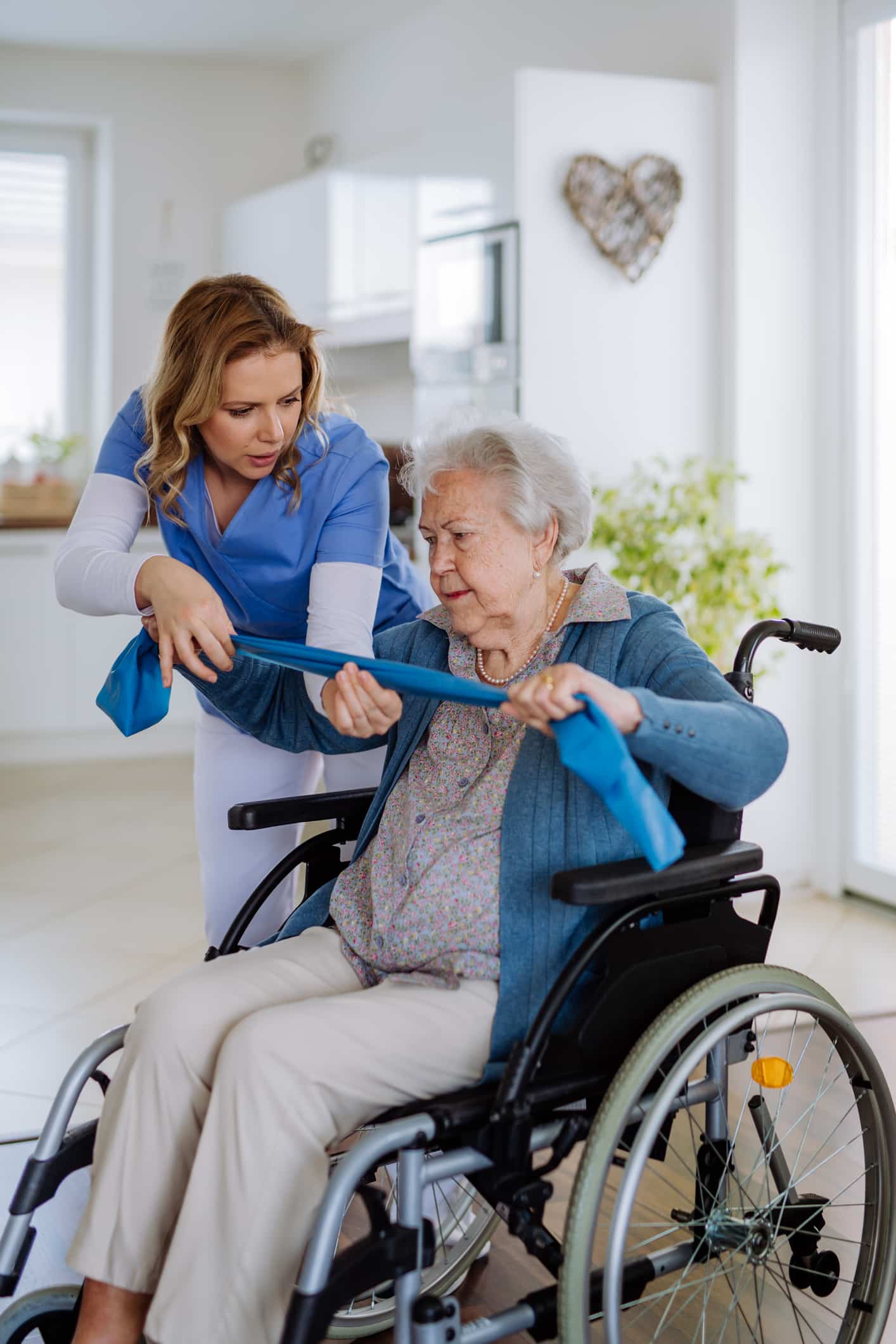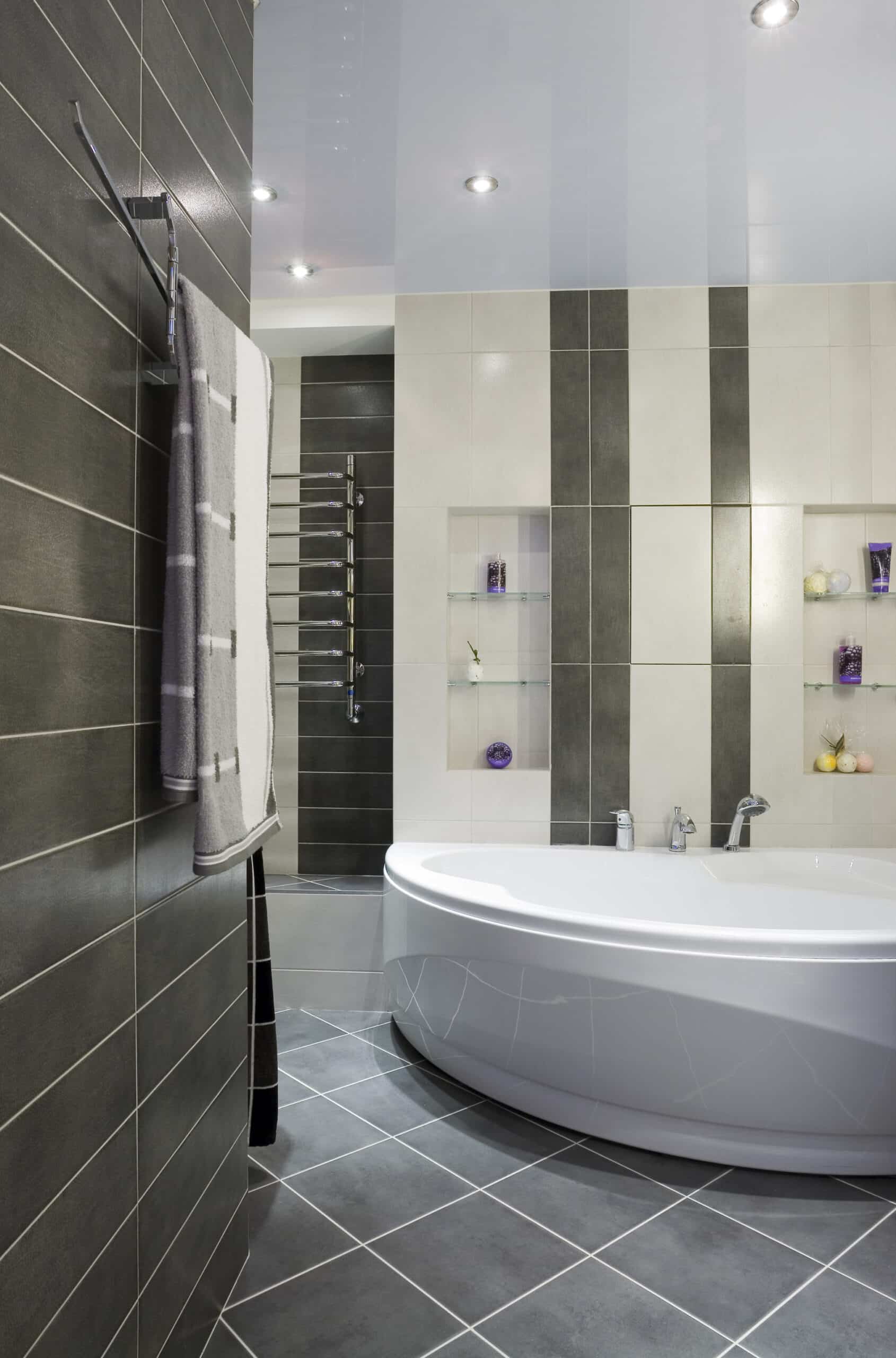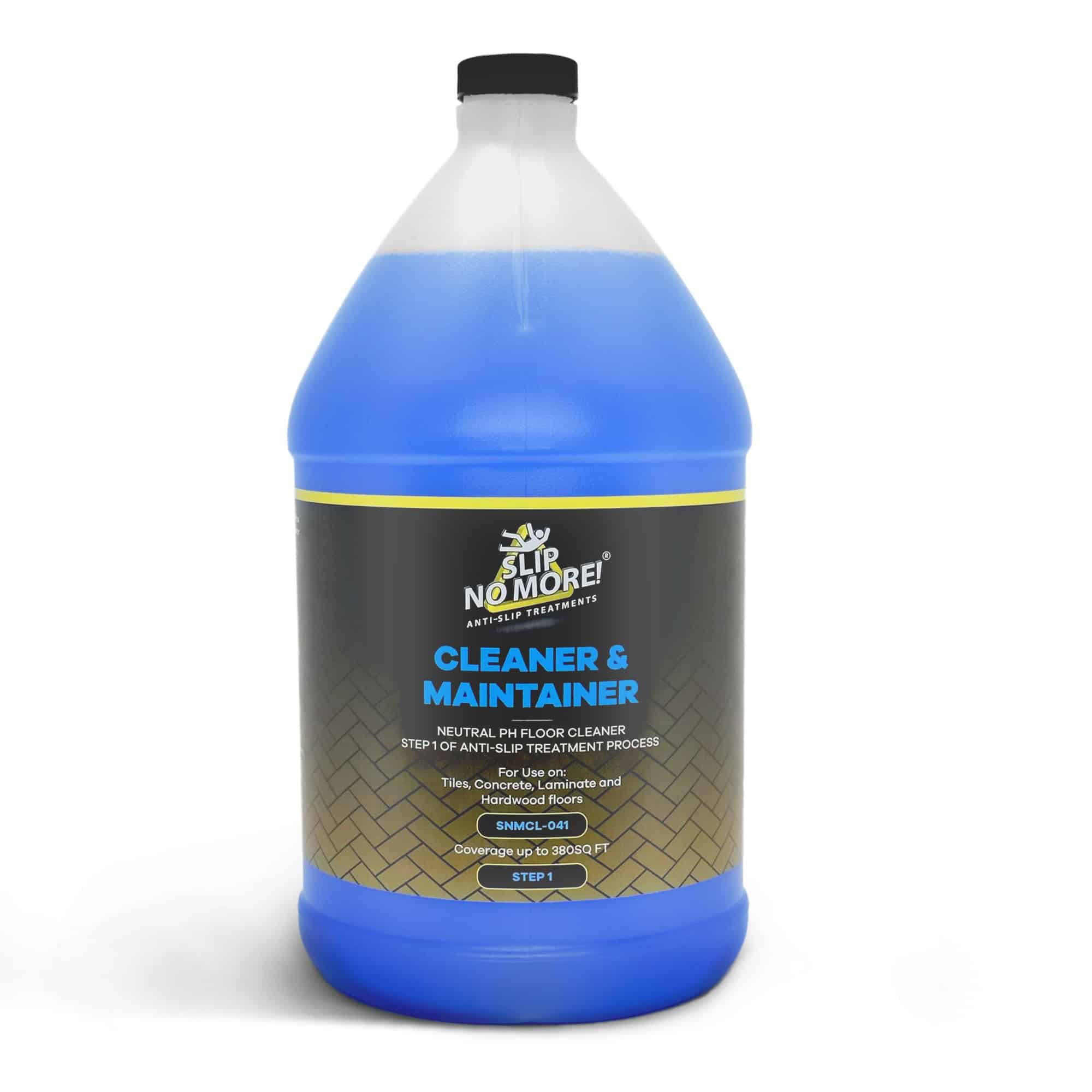Welcome to “Fall Prevention 101: How to Create a Safe and Senior-Friendly Environment.” As we age, the risk of falling becomes a significant concern. Falls are one of the leading causes of injury and hospitalization among seniors. That’s why taking proactive steps to increase fall prevention and create a safe living environment for older adults is crucial.
In this article, we will delve into practical fall prevention tips and recommendations to help you create a senior-friendly environment that minimizes the risk of falls. We’ll explore everything from assessing the home for potential hazards to implementing assistive devices and making lifestyle adjustments that promote balance and stability.
Whether you’re a caregiver, family member, or an older adult, this guide will equip you with the knowledge to make necessary modifications and take preventive measures. By implementing these fall prevention strategies, you can provide a secure, comfortable living space that promotes independence and prevents falls.
Don’t let falls hold you back! Let’s dive in and discover how to build a safer environment for our beloved seniors. Welcome to Fall Prevention 101.
The importance of fall prevention for seniors
A lack of fall prevention can have severe consequences for seniors, leading to injuries, hospitalizations, and a decline in overall well-being. According to the Centers for Disease Control and Prevention, one in four older adults experiences a fall each year, and falls are the leading cause of both fatal and nonfatal injuries among this age group. However, the good news is that falls are preventable. Understanding the importance of fall prevention and taking proactive measures can significantly reduce the risk and promote a healthier and safer lifestyle for seniors.
Falls not only cause physical injuries but can also have a psychological impact on older adults. Fear of falling can lead to decreased mobility, social isolation, and a loss of independence. This, in turn, can contribute to a decline in overall quality of life. By prioritizing fall prevention, we can empower seniors to maintain mobility, confidence, and independence for as long as possible.
Fall prevention is not solely the responsibility of older adults themselves. Caregivers, family members, and healthcare professionals also play a crucial role in creating a safe environment and supporting seniors in their fall prevention efforts. By working together, we can significantly impact reducing fall-related injuries and improving the well-being of older adults.
Understanding the risk factors for falls
Before diving into fall prevention strategies, it’s essential to understand the risk factors contributing to falls among seniors. By identifying these factors, we can better tailor our prevention efforts and address the specific needs of older adults.
One of the primary risk factors for falls is age-related changes in physical abilities. Our muscles, bones, and joints naturally weaken as we age, requiring more fall prevention. Chronic health conditions, such as arthritis or osteoporosis, can further increase the risk. Additionally, certain medications can cause dizziness or imbalance, making falls more likely.
Environmental factors also play a significant role. Cluttered living spaces, poor lighting, and slippery surfaces can all contribute to falls. Not to mention the lack of a fall prevention strategy. Uneven flooring, loose rugs, and poorly designed staircases are common hazards that must be addressed. Identifying and modifying these physical hazards is crucial for fall prevention.
Finally, lifestyle factors such as sedentary behavior, lack of exercise, and poor nutrition can also increase the risk of falls. Lack of physical activity leads to muscle weakness and loss of balance, while poor nutrition can result in weakened bones and decreased overall physical health. By addressing these fall prevention topics, we can significantly reduce the risk of falls among seniors.
Assessing and modifying the home environment for slip prevention
Assessing the home environment is the first step in creating a proper fall prevention strategy. By identifying potential hazards and making necessary modifications, we can significantly reduce the risk of falls. Here are some key areas to focus on:
1. Remove clutter: Clear pathways and remove any unnecessary objects obstructing walking areas. Make sure furniture is arranged in a way that allows for easy movement.
2. Secure loose rugs and carpets: Use double-sided tape or non-slip pads to secure rugs and carpets to the floor. This helps prevent tripping hazards.
3. Ensure proper lighting: Install bright, energy-efficient light bulbs throughout the house. Use nightlights in hallways and bathrooms to provide visibility during the night.
4. Eliminate slippery surfaces: Use non-slip products or adhesive strips in areas prone to moisture, such as bathrooms and kitchens. This helps prevent slips and falls.
5. Install handrails and grab bars: Install sturdy handrails on both sides of staircases and grab bars in bathrooms. These provide additional support and stability to increase fall prevention.
6. Make stairs safe: Ensure stairs are in good condition, with even steps and secure handrails. Consider installing contrasting color strips on the edge of each step to improve visibility.
By addressing these home modifications, we can create a safer living environment that minimizes the risk of falls for seniors.
Installing safety features and equipment
In addition to modifying the home environment, installing safety features and equipment can further enhance fall prevention efforts. Here are some essential safety measures to consider:
1. Bed and chair alarms: Bed and chair alarms can alert caregivers when seniors attempt to get up. This allows for immediate assistance and reduces the risk of falls.
2. Motion-activated lighting: Install lighting in hallways, bedrooms, and bathrooms. This eliminates the need to search for light switches and provides better visibility.
3. Non-slip bath stickers and shower stickers: Use non-slip bath stickers inside bathtubs and showers. Additionally, consider installing a shower bench or chair to provide safe seating.
4. Raised toilet seats and hand-held showerheads: Installing raised toilet seats and hand-held showerheads can improve accessibility and increase fall prevention in the bathroom.
5. Personal emergency response systems: Personal emergency response systems, such as wearable devices or home-based units, allow seniors to call for help in case of a fall or emergency.
Incorporating these safety features can provide seniors with fall prevention for a healthy life.
Creating a clutter-free and well-lit space
A clutter-free and well-lit living space is essential for fall prevention. Keeping the environment tidy and ensuring adequate lighting can minimize the risk of trips and falls. Here are some tips for creating a clutter-free and well-lit space:
1. Regular decluttering: Encourage regular decluttering sessions to remove unnecessary items and tidy the living space. This reduces the risk of tripping hazards. A fall prevention must for all environments.
2. Organize belongings: Ensure commonly used items are easily accessible without reaching or bending. Place frequently used items within arm’s reach to avoid unnecessary strain or accidents.
3. Proper storage: Utilize storage solutions such as shelves, cabinets, and drawers to keep belongings organized and out of walking areas.
4. Good lighting: Install bright, energy-efficient light bulbs in all rooms. Consider using adjustable lighting options to accommodate varying brightness levels throughout the day. You will be surprised how effective this is for fall prevention.
5. Nightlights: Use nightlights in bedrooms, hallways, and bathrooms to provide visibility during the night. This helps prevent falls when navigating the house in low-light conditions.
Maintaining a clutter-free environment and ensuring adequate lighting can significantly reduce the risk of falls and promote a safer living space for seniors.
Supporting mobility and balance through exercise and physical therapy
Physical activity is crucial in maintaining strength, balance, and overall mobility. By incorporating regular exercise and physical therapy into daily routines, we can help seniors improve their stability and reduce the risk of falls. Here are some recommendations for supporting mobility and balance:
1. Strength training: Encourage seniors to engage in exercises targeting major muscle groups. This helps improve balance and stability.
2. Balance exercises: Incorporate balance exercises such as standing on one leg, heel-to-toe walking, and yoga poses focusing on balance and flexibility.
3. Walking or low-impact exercises: Encourage regular walking or engagement in low-impact exercises such as swimming or tai chi. These activities improve cardiovascular health, muscle strength, and balance.
4. Physical therapy: If necessary, consider working with a physical therapist who can develop a personalized exercise plan to address specific mobility and balance concerns.
By prioritizing regular exercise and physical therapy, we can support seniors in maintaining their mobility, strength, and balance, reducing the risk of falls.
Promoting proper footwear and clothing choices
Proper footwear and clothing choices can significantly impact balance and stability. By wearing appropriate shoes and clothing, seniors can reduce the risk of falls. Here are some tips for promoting proper footwear and clothing choices:
1. Supportive footwear: Encourage seniors to wear shoes with good arch support, non-slip soles, and a secure fit. Avoid shoes with high heels or smooth soles, which can increase the risk of slips and falls.
2. Properly fitting clothing: Ensure clothing fits well and does not impede movement. Loose or long clothing can be a tripping hazard, so choosing clothing that allows easy and safe movement is essential.
3. Weather-appropriate attire: In inclement weather, encourage seniors to wear appropriate footwear and outerwear that provide traction and protection against slippery surfaces.
Promoting proper footwear and clothing choices can help seniors maintain stability and reduce the risk of falls in their day-to-day activities.
Educating seniors and their caregivers on fall prevention strategies
Education plays a vital role in fall prevention. We can empower seniors and their caregivers to take proactive measures and make informed decisions by providing information and resources. Here are some key areas to focus on when educating about fall prevention:
1. Risk factors: Educate seniors and caregivers about the common risk factors for falls among older adults. This helps them understand the importance of prevention and motivates them to take action.
2. Home assessments: Guide how to assess the home environment for potential hazards. Offer checklists or online resources that assist in identifying and addressing safety concerns.
3. Exercise programs: Inform seniors about the benefits of regular exercise and the specific exercises that promote balance and strength. Share resources or recommend local exercise programs tailored for older adults.
4. Footwear and clothing: Educate seniors on proper footwear and clothing choices. Provide tips and recommendations for selecting appropriate shoes and clothing that enhance stability.
5. Emergency response systems: Inform seniors and caregivers about personal emergency response systems and how they can be helpful in the event of a fall or emergency.
Providing education and resources can empower seniors and their caregivers to actively participate in fall prevention and create a safer living environment. Click here to learn more about protecting seniors from injury.
Fall prevention resources and support services
Numerous resources and support services are available to assist seniors and their caregivers in their fall prevention efforts. Here are some valuable resources to consider:
1. Local senior centers: Local senior centers often offer fall prevention workshops, exercise classes, and resources tailored to the needs of older adults.
2. Healthcare professionals: Consult with doctors, physical therapists, or occupational therapists who can provide personalized guidance and recommendations.
3. Community programs: Explore community-based programs that focus on fall prevention and provide support to seniors and their caregivers.
4. Online resources: Take advantage of online resources and websites that provide educational materials, checklists, and tips for fall prevention.
5. Support groups: Join local or online support groups for seniors or caregivers, where experiences, tips, and resources can be shared.
These resources and support services can enhance fall prevention efforts and establish a support network for seniors and their caregivers.
Conclusion: Empowering seniors to live safely and independently
Fall prevention is a crucial aspect of promoting the well-being and independence of older adults. By understanding the risk factors, assessing and modifying the home environment, implementing safety features, and promoting healthy lifestyle choices, we can significantly reduce the risk of falls among seniors.
Creating a safe and senior-friendly environment requires collaboration and knowledge sharing among caregivers, family members, healthcare professionals, and seniors. By working together and utilizing the available resources and support services, we can empower seniors to live safely and independently.
Remember, fall prevention is a lifelong commitment. Regular assessments, modifications, and ongoing education are essential for maintaining a safe living environment for our beloved seniors. Let’s continue to prioritize fall prevention and provide the necessary support to ensure a healthy and fulfilling life for older adults.
Why Slip No More is the brand of fall prevention products you need
With more than 15 years of experience in the slip-prevention industry, our products are developed to solve the problem of slippery floors in all areas.
Why not follow our Facebook, Instagram, Twitter, or YouTube accounts for funny videos, informative posts, and general floor safety information? We also have loads of great reviews from our customers on Trustpilot. If you found this article helpful, take a look at our related articles:

